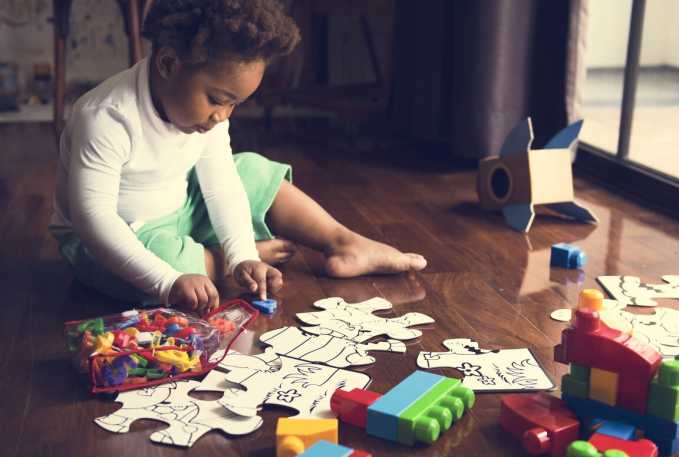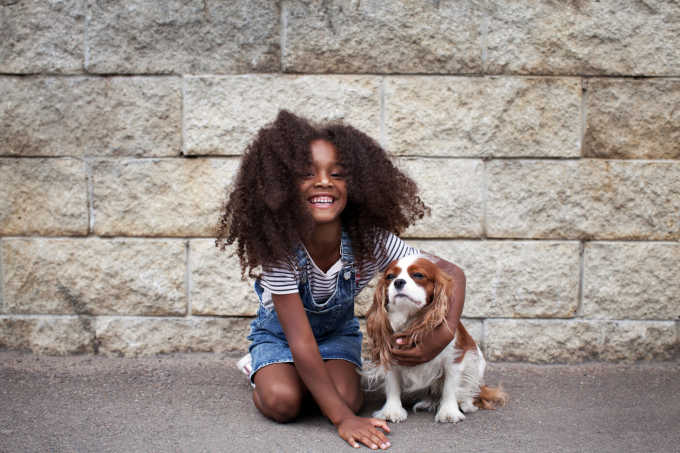Social stories are an effective tool to teach children with autism about communication, social interactions, and emotional responses. Because one of the hallmark challenges facing children with autism is social skills, social stories is one method by which parents, educators, and health professionals are helping children deconstruct seemingly-overwhelming scenarios.
The Social Story Framework
Social stories are stories that act as a rubric for any kind of situation. Think of them as a creative flow-chart for navigating new environments and experiences. The basic framework might be a step-by-step guide or conversation that will anticipate your child’s anxieties and help them “rehearse” new interactions. The start of a social story might look something like this:
Meeting people for the first time:
Lots of times we might meet new people. We see new people in many places, like at school, at the park, or in the grocery store. Sometimes I might want to meet someone new. Or sometimes they might want to meet me. If I want to, I can wave at them. Or go up to them and say, “Hello.” (Continued)
Social stories are usually accommodated by pictures, which can either sit offside the text or be incorporated into it through the use of speech bubbles. Images help solidify the story’s content and offer a visual component that some learners might find easier to follow or remember.
 Making Social Stories
Making Social Stories
The benefit of using social stories is that they are customizable to the individual, which is ideal for parents and educators because a child’s specific concerns can be addressed in a way the child prefers. The standard guideline for creating a social story is to start with a basic outline of one specific situation, like going to the grocery store, visiting the doctor, or asking to play with a peer. There are numerous online resources that offer pre-fashioned social stories for generic situations, and these are a good place to start for ideas. More than likely, you (maybe with the help of your child) will eventually want to create your own, tailored stories. Below are some pointers to help get you started:
- Keep your story concise and address only one topic. This avoids unnecessary “branching” within your story, keeps your child on track, and makes the story easier to recall.
- Break up the story into easy-to-follow steps. You can use numbering, cordon off each step into boxes in a comic book-style, simply leave space in between lines, or use a flash-card system.
- If you are using direct speech, avoid “over-speaking” and keep the conversations simple.
- Incorporate images, like cartoons, comics, stickers, or anything else your child enjoys.
- Use the first person “I” so that your child understands that he or she is the protagonist.
- Leave some space. Your child may have his or her own observations or questions, so consider having a “note-taking” space that your child can fill with additional pictures, stickers, or words.
- If your child is an audio-visual learner, tap into the resources on YouTube for video versions of social stories. Alternatively, act out social stories at home, supplementing with rehearsed movements and appropriate props.
Otsimo Social Stories
There is a category on Otsimo Special Education called Social Stories that has fun stories about raising hands, sharing toys and more.
These stories have fun visuals, and are simple to understand and read. It can be a great activity for parents to read the Social Stories to their children.





